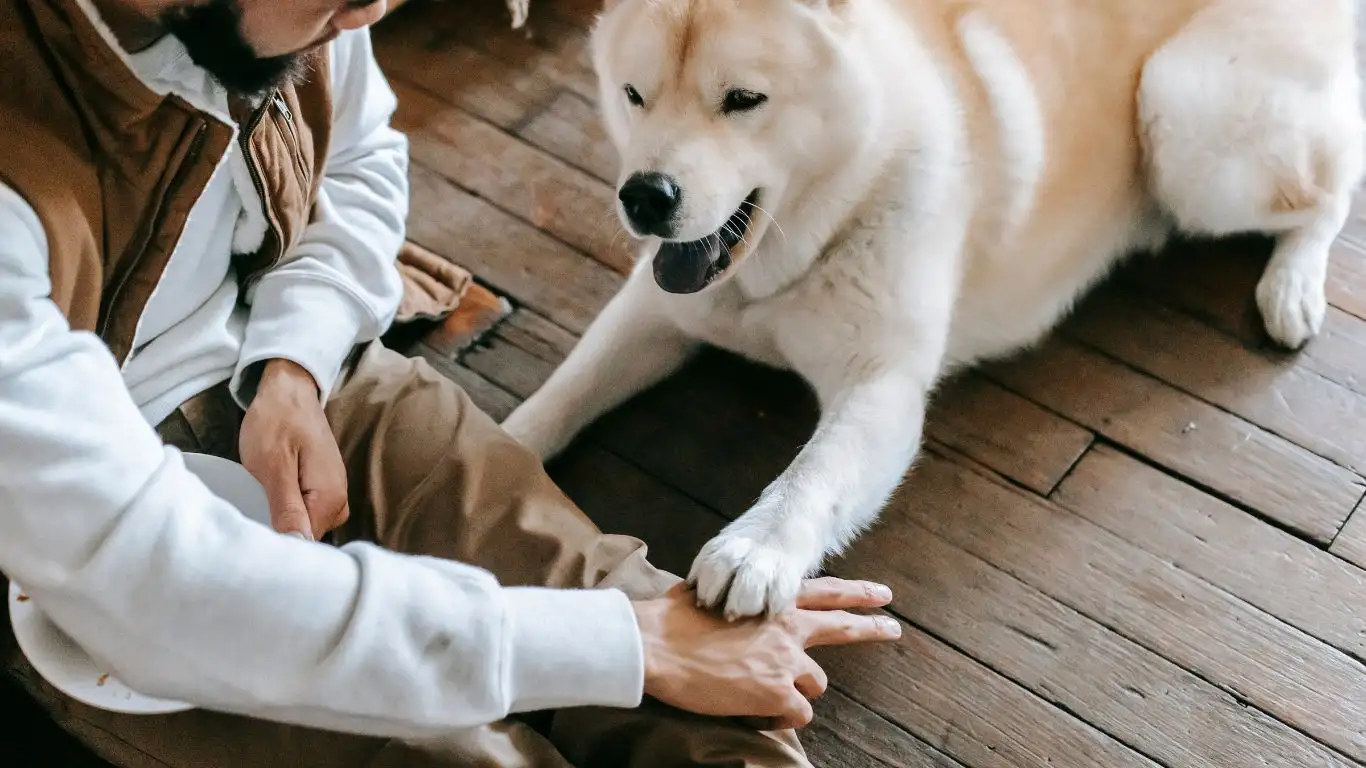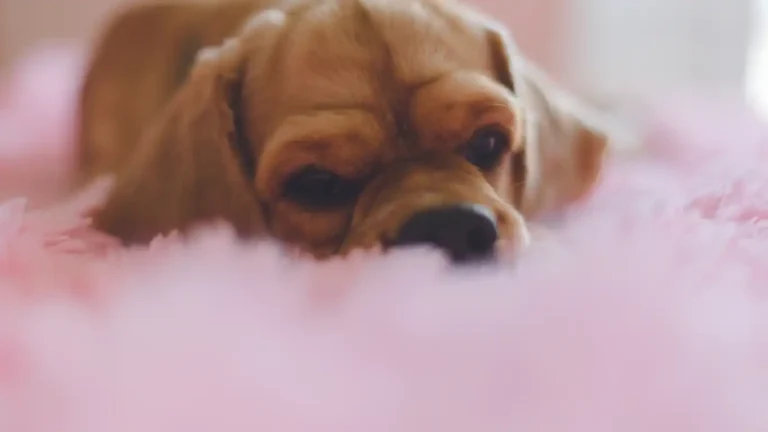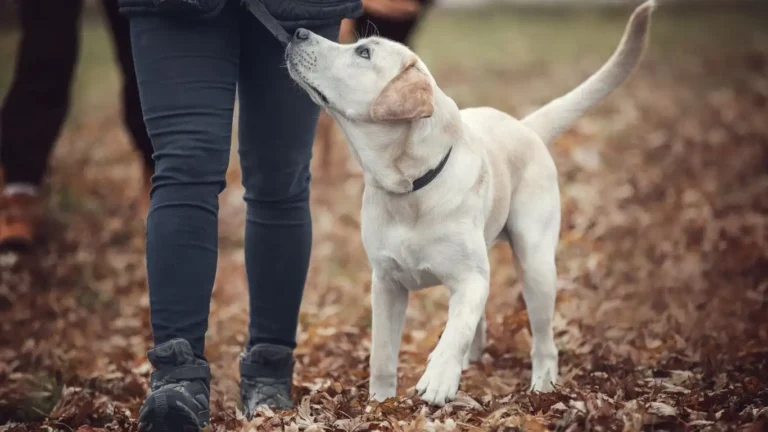How to Train a Dog to Tolerate Being Brushed Without the Stress
If you’re wondering how to train a dog to tolerate being brushed, you’re not alone. It’s one of those things that sounds easy—until you try it with a dog who’s got opinions. Trust me, I’ve been there. As a Canine-Assisted Therapy Trainer, I’ve worked with dozens of pups who acted like a simple grooming session was the end of the world. But with the right techniques (and a ton of patience), you can turn brushing into something your dog actually tolerates—maybe even enjoys!
Why Do Some Dogs Hate Being Brushed?
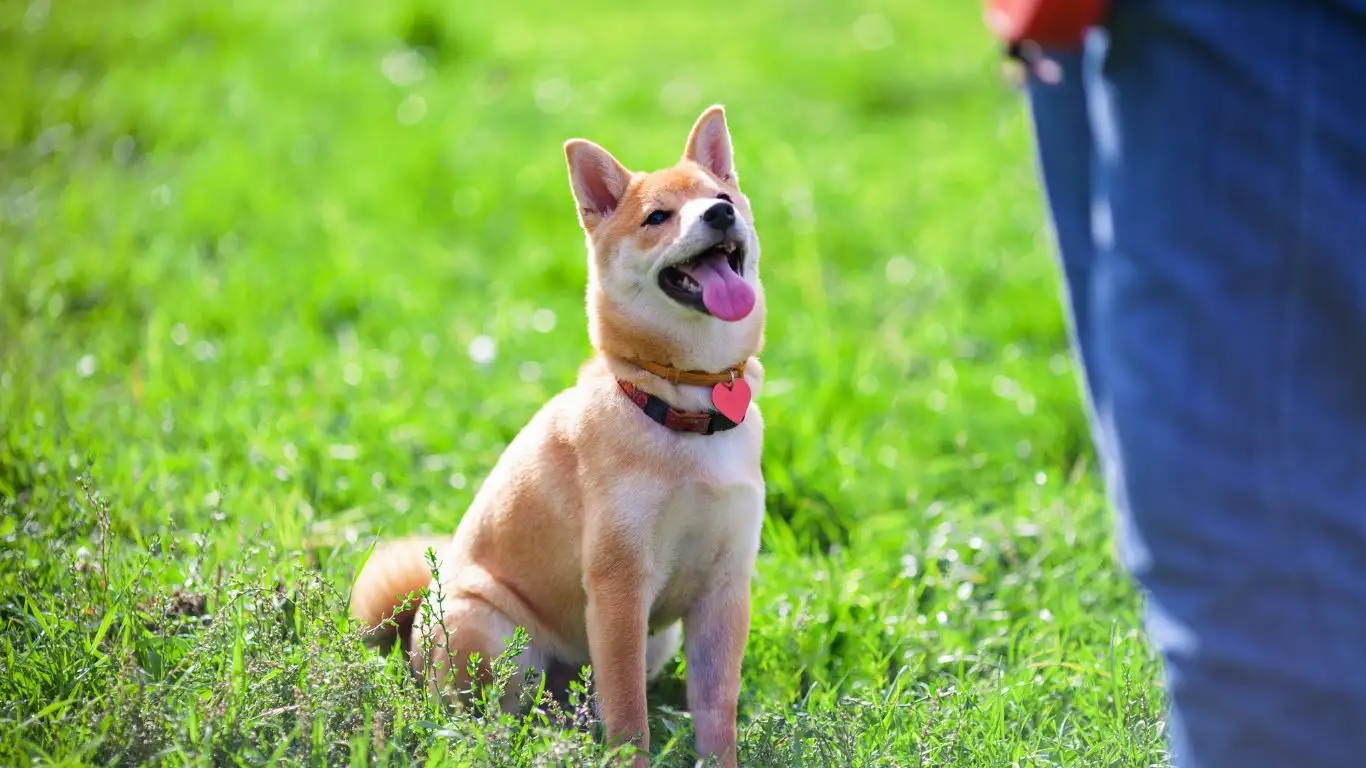
This is such a common issue that it deserves its own section. Honestly, most dogs aren’t naturally fans of being brushed. It’s not like wolves out in the wild are handing each other grooming tools, right?
Here are some real reasons dogs might resist:
- Negative past experiences: Maybe a painful mat-pulling session left a bad memory.
- Overstimulation: Some dogs are just really sensitive to touch—especially if it’s repetitive.
- Lack of early exposure: Dogs who weren’t brushed as puppies might see the brush as a threat instead of a tool.
- Health issues: If brushing hurts, that’s a red flag. Always rule out pain or skin issues first.
In my experience, a lot of the dogs we work with in therapy programs fall into one or more of these categories. One golden retriever named Luna comes to mind—she used to spin in circles the moment she saw a brush. It took a blend of trust-building, desensitization, and high-value rewards to get her there. But she got there!
Start with Trust and Environment
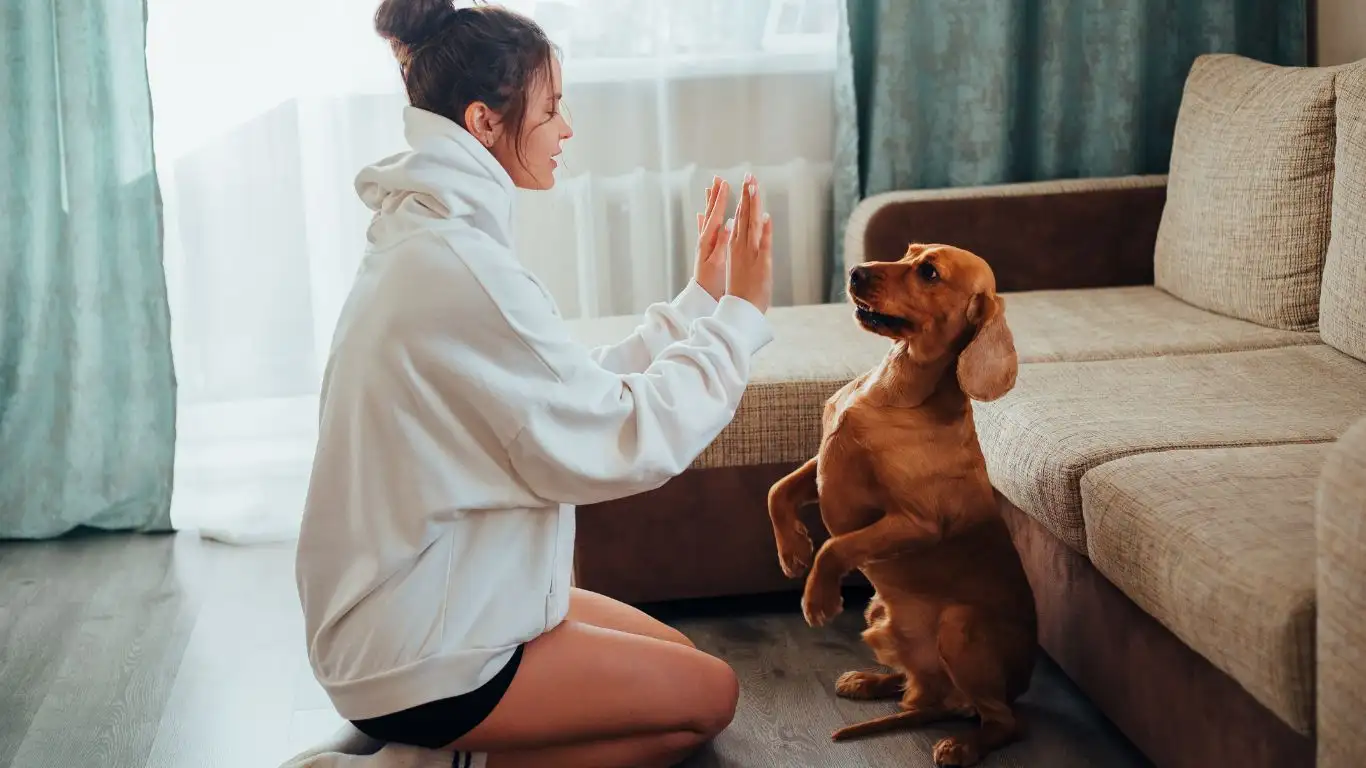
Before you even touch the brush, create the right vibe. Your dog needs to feel safe and chill—like Sunday afternoon nap-on-the-couch levels of relaxed. Rushing this part is one of the biggest mistakes I see dog parents make.
Pick a calm spot
Don’t start brushing your dog in a chaotic environment. Choose a quiet area where your dog already feels secure. Think a cozy corner, a favorite dog bed, or even your lap if that’s their comfort zone.
Introduce the brush without brushing
Here’s a trick I love: just let your dog sniff the brush. Lay it down near their toys. You’re desensitizing them to its presence. No pressure, no expectations—just casual exposure.
Pro tip: I often recommend leaving the brush next to the treat jar or food bowl for a few days. This passive association can really shift their perspective.
Gradual Desensitization is Your Best Friend

Alright, once your dog isn’t flinching at the sight of the brush, it’s time to move into baby steps. This is the heart of how to train a dog to tolerate being brushed—and it’s all about tiny wins.
Break it down into micro-sessions
Don’t go full grooming salon right away. Start with one gentle stroke and a treat. Then two strokes. Then maybe a 30-second brush. Stop before your dog gets antsy. You want every session to end on a positive note.
- Let them see and sniff the brush.
- Touch them with the back of the brush (no bristles yet).
- Reward calm behavior.
- Use a soft brush and stroke once—then treat!
- Increase duration slowly over a few days or weeks.
Every dog has their pace. One border collie I worked with took a full month to get to a 3-minute brushing session. But now? His tail wags when he sees the brush.
Use the right tools
This part’s huge. The wrong brush can feel like a torture device to a sensitive dog. For short-haired breeds, use a rubber curry brush or a soft-bristle option. Long-haired dogs might do better with slicker brushes or pin brushes—but always test them gently first.
If your dog has mats or tangles, don’t yank them. That’s a fast track to trauma. Get a detangling spray or a mat splitter, and work slowly through tough spots with patience and praise.
Watch Body Language Like a Hawk
This is where your dog will tell you exactly how they’re feeling—if you’re paying attention. I always coach clients to read subtle cues like:
- Whale eye (when you see the whites of their eyes)
- Tail tucked low or stiff
- Yawning or lip licking (not tired, just nervous)
- Shifting away or turning their head
These are early signs your dog is uncomfortable. Don’t push through it. Back off, reward calmness, and come back later. Building tolerance is a long game—it’s not about powering through one dramatic session.
When in doubt, hit pause
Sometimes your best move is to stop and reset. There’s nothing wrong with putting the brush down and trying again tomorrow. In fact, that decision alone can build trust faster than any training technique.
Make Brushing Part of a Positive Routine
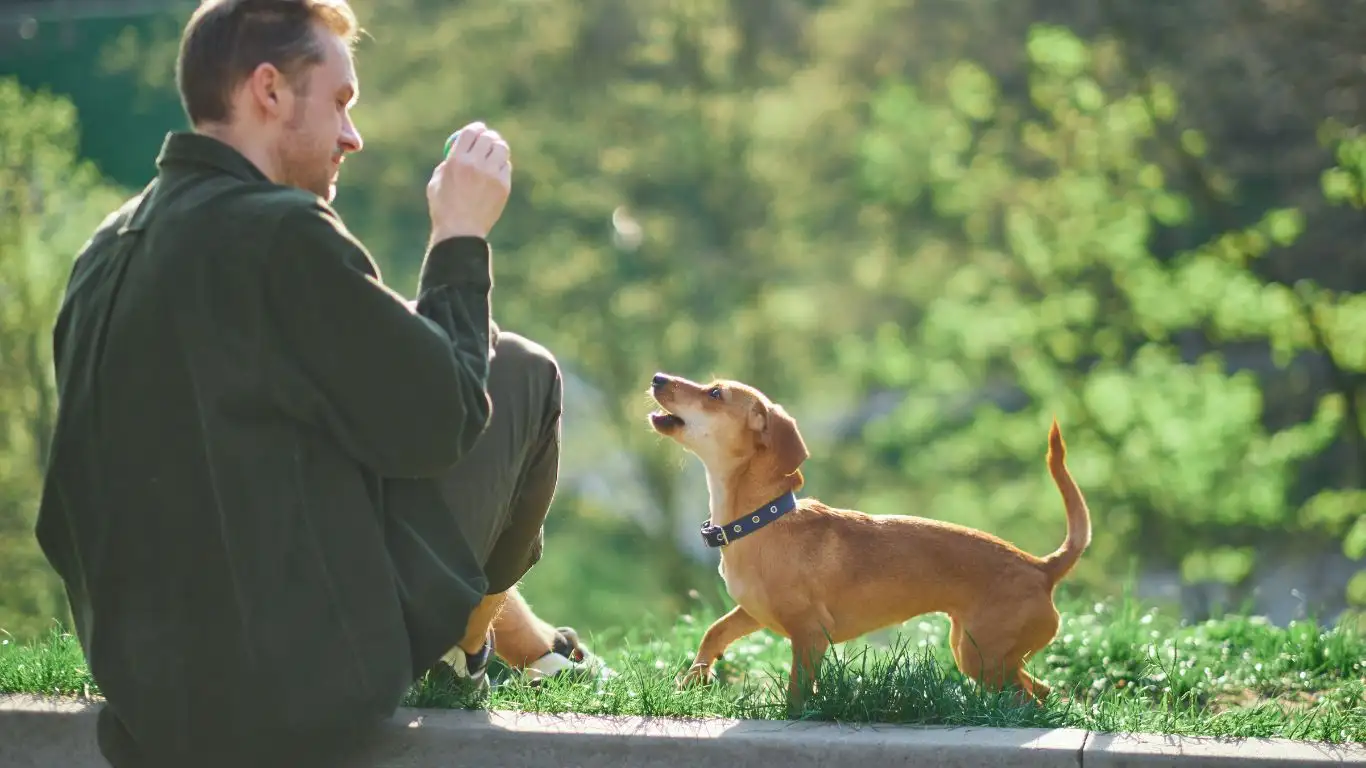
One of my biggest game-changers? Turning brushing into a predictable, positive routine. Dogs thrive on consistency. If they know what to expect—and it ends in something good—they’re way more likely to chill out and cooperate.
With one of my therapy dogs, Jasper (a super sensitive Sheltie), I made brushing a regular “spa day” after walks. He knew we’d go outside, come in, have a little snack, then chill on the rug while I brushed him out with soft jazz playing in the background. I know it sounds extra, but it worked. He’d even lay down before I asked, like, “Alright, hit me with the brush.”
Keep the session short and sweet
If your dog knows brushing will only last a couple of minutes—and not turn into a never-ending battle—they’re more likely to tolerate it. Set a timer if it helps! Even five minutes a few times a week can prevent mats and buildup, while also reinforcing a positive experience.
Use brushing as a bonding opportunity
This isn’t just about grooming—it’s a chance to connect. Give gentle praise, use a soothing voice, and sneak in a belly rub between strokes. I like to end sessions with a little playtime or their favorite chew toy. That final reward cements brushing as “not so bad after all.”
Incorporate Touch Training

This is one of those things I wish more dog owners did early on. Teaching your pup that being handled is normal—and even enjoyable—is a game-changer. Touch training builds up their tolerance and trust, especially when it comes to grooming sessions.
Start slow and reward often
Gently touch your dog’s paws, ears, tail, and belly—always with a calm voice and treats handy. If they pull away, don’t force it. Just back off and try again later. Over time, your dog will learn that human hands = good stuff.
Tip from the field: I use what I call “pause praise” with nervous dogs. I’ll gently stroke an area for a second, pause, say “good,” and treat. That rhythm reassures them and builds a sense of control over the process.
Focus on sensitive areas
Brushing the tail, hind legs, and behind the ears can be tricky for some dogs. These areas are often more sensitive, so handle them with extra care. Use shorter strokes, keep your tone light, and reward generously.
With one anxious doodle client, we used a clicker to mark every moment of calm during grooming. Click = treat. It only took two weeks before she was practically presenting her butt for brushing like it was a party trick!
Know When to Ask for Help
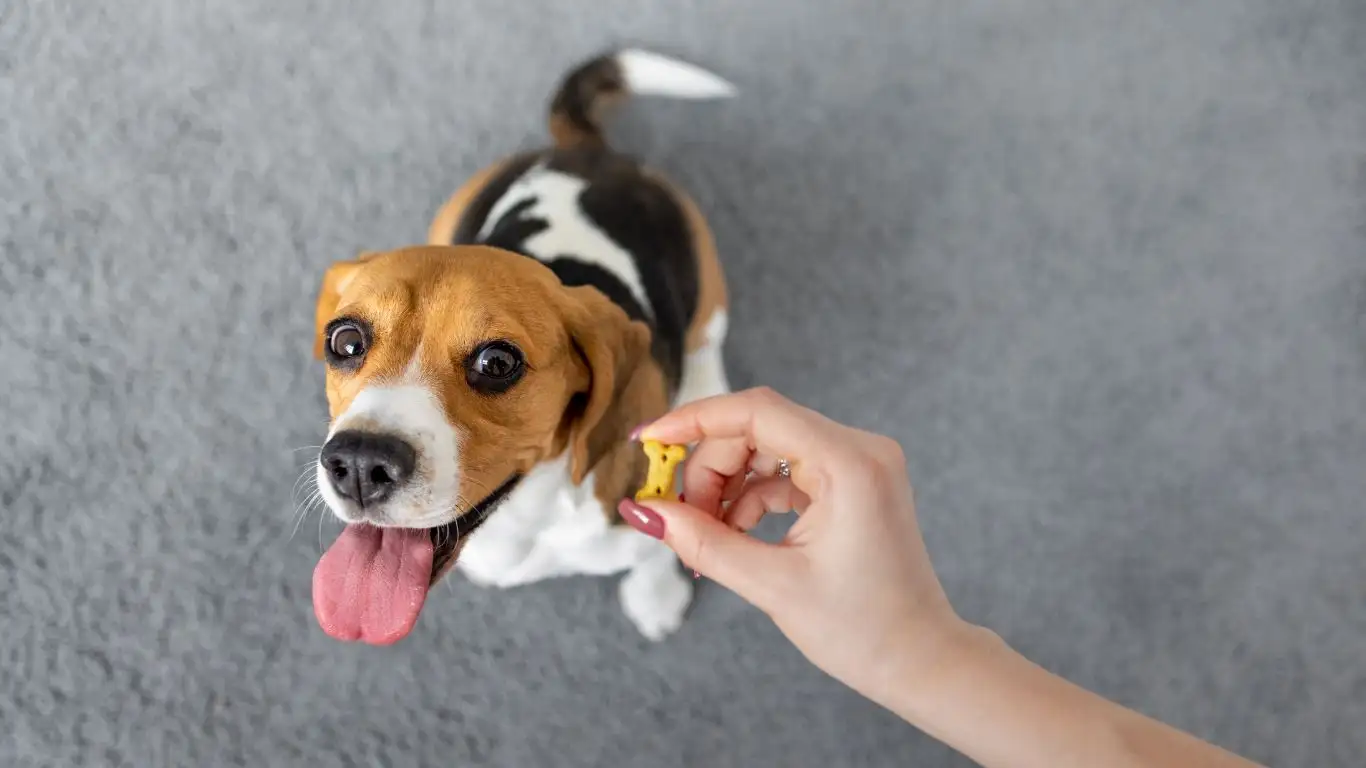
Let’s be real—not every dog is going to learn to love brushing. Some have deep-seated fears or trauma, and no amount of peanut butter will change that overnight. And that’s okay.
In those cases, bringing in a professional trainer or behaviorist can make all the difference. As a Canine-Assisted Therapy Trainer, I’ve had countless calls from folks who were overwhelmed and frustrated. But working together, we broke it down, built a plan, and saw results.
Signs it’s time to call in support:
- Growling, snapping, or hiding at the sight of the brush
- Extreme anxiety (panting, shaking, trying to escape)
- No progress after several weeks of consistent training
- Brushing is turning into a fight every single time
In these cases, a trainer can help you assess what’s really going on. Sometimes it’s not even about the brushing—it’s about control, fear, or unaddressed trauma. And you don’t have to figure that out alone.
Consider sedation-free groomers
Another underrated option: force-free groomers who specialize in nervous or special-needs dogs. These pros use behavior-forward methods, like cooperative care and desensitization. I’ve had a few clients transition from total brushing refusal to spa day regulars thanks to the right groomer’s gentle hands and patience.
Use Food Strategically
If your dog is food motivated (which, let’s face it, most are), leverage that love of snacks! Use high-value treats that your dog doesn’t get any other time—think freeze-dried liver, cheese bits, or even tiny pieces of hot dog.
The brushing = treat rule
Here’s the deal: every time the brush comes out, good things should follow. You want your dog to start thinking, “Oh hey, brushing means I get the good stuff!” Over time, that mental switch can be huge.
- Brush in short bursts (5–10 seconds)
- Immediately reward with a treat
- Repeat until your dog starts leaning in instead of pulling away
Consistency is everything here. If brushing becomes a reliable path to awesome snacks, you’re well on your way to a brush-tolerant pup.
What if your dog doesn’t care about food?
Yep, I’ve worked with a few unicorns like that. In those cases, find whatever motivates them—tug toys, fetch, praise, even a quick trip outside. The idea is to pair brushing with something they value. That’s how behavior change really sticks.
In Part 3, we’ll dive into how to maintain progress over time and prevent setbacks—even when life gets hectic. We’ll also look at some specific breed challenges and what to do if you’ve got a super high-maintenance coat situation on your hands. Stay tuned!
Maintaining Progress Over Time
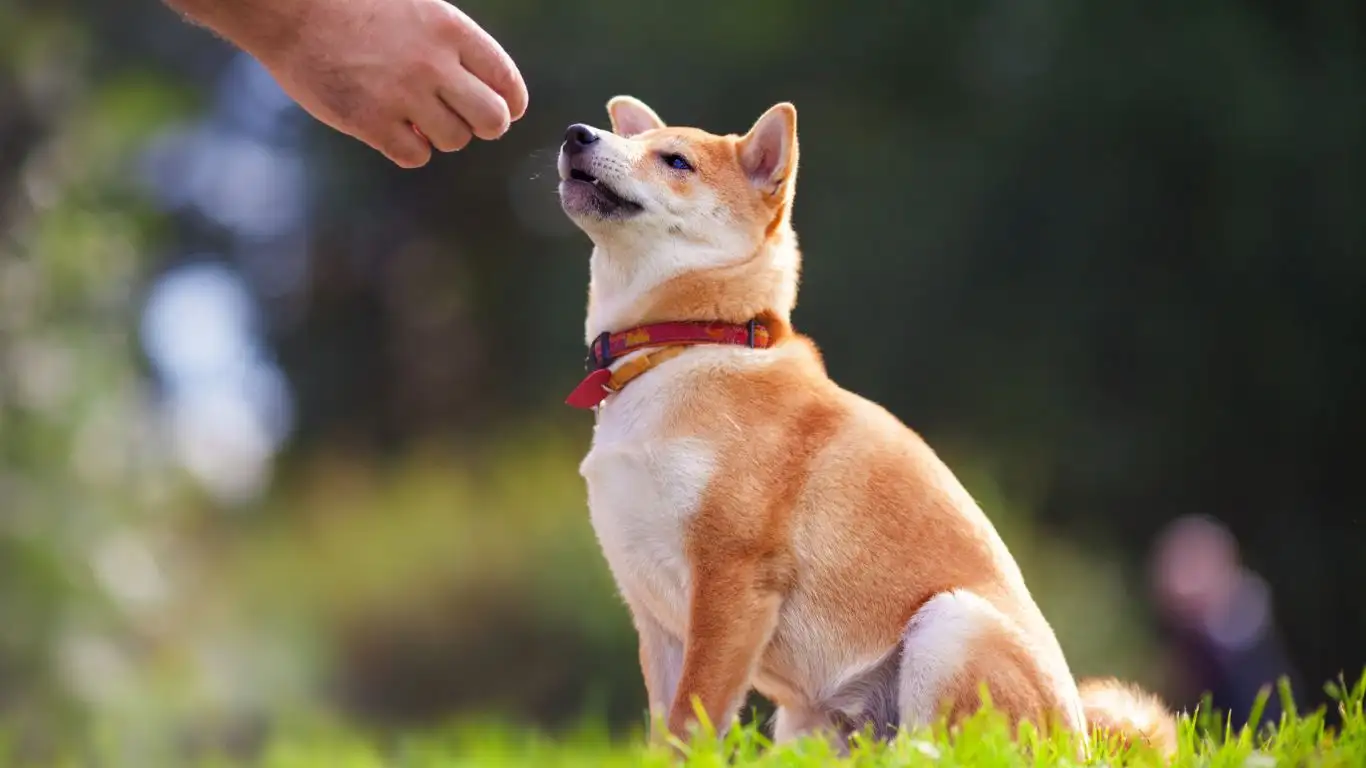
Once your dog starts to tolerate brushing (or even kinda-sorta likes it), the key is not to lose that momentum. Just like with any kind of dog training, consistency is the glue that holds everything together. I’ve seen many owners get their dog to a good place, then slack off for a few weeks—and poof, we’re back at square one.
Here’s what I recommend (and what I do with my own dogs):
- Stick to a schedule. Whether it’s once a day or a few times a week, put brushing on your calendar. Treat it like a routine check-in, not just a chore.
- Keep sessions short. You don’t need to brush your dog for 20 minutes every time. A few minutes here and there is enough to maintain both the coat and the comfort level.
- Watch for changes in behavior. If your dog suddenly resists or flinches in a spot they were fine with last week, don’t ignore it. Could be a physical issue or a brewing fear relapse. Address it early.
With one of my long-term therapy dogs, I even made a brushing checklist—ears, neck, back, legs, tail—to make sure I didn’t forget any zones (because let’s be honest, it’s always the tail that gets skipped).
Breed-Specific Brushing Challenges

If you’ve ever said, “Why is my dog so difficult about brushing?”—know that some breeds are just naturally higher maintenance. That’s not a flaw; it’s just biology. And the brushing strategy for a husky is going to be way different than for a chihuahua.
Double-coated breeds
Dogs like German shepherds, huskies, and golden retrievers shed like it’s a sport. They often need undercoat rakes and slicker brushes, which can feel intense if introduced too quickly. I always tell owners: warm up with a soft-bristle brush first, like a little brushing appetizer before the main event.
Curly or wooly coats
Think poodles, doodles, and Bichons. These coats mat fast if left unmanaged. The trick here is regularity over duration—brush them often to prevent mats from forming, rather than trying to detangle knots after the fact (which your dog will definitely hate).
Short-haired breeds
Don’t assume short hair means no brushing needed! Breeds like boxers and Frenchies still benefit from regular grooming, especially with a rubber curry brush to pull off dead fur and promote circulation. Plus, it doubles as a massage—and who doesn’t love a free spa moment?
Whatever the coat type, knowing your dog’s specific grooming needs is a big part of the puzzle. For more detailed grooming advice by breed, sites like AKC and PetMD have some great, trustworthy info.
Managing Setbacks Without Frustration
Let’s talk about the not-so-pretty moments. Because real life happens, right? Your dog might suddenly start resisting brushing again after a vet visit, a move, or even no apparent reason at all. That’s normal.
What’s important is how you handle the backslide. Here’s what I do:
- Dial it way back. Return to the baby steps that worked in the beginning. Sometimes I’ll even go back to just showing the brush and treating.
- Rebuild positive associations. Pull out the peanut butter, freeze-dried liver, or whatever treat made them swoon last time. This is where your past wins help—you know what worked before.
- Check for pain or health changes. A sudden grooming aversion can signal a sore joint, skin condition, or underlying medical issue. If brushing becomes painful or tense overnight, I always recommend getting a vet involved. Good grooming starts with good health. Check out resources like NIH or Health.com for signs to watch for.
One of my therapy dogs, Milo, developed a skin sensitivity after a medication change. Brushing, which he previously enjoyed, started making him squirm. We caught it early thanks to noticing those tiny changes—and got it sorted with a quick vet visit. Brushing became enjoyable again after that, but only because we listened to him.
Final Tips to Keep Brushing Low-Stress
- Use your voice. Talk to your dog during the session. Your tone can soothe and reassure. I’m constantly telling my dogs, “You’re doing so good!” even if they’re just standing there.
- End on a high note. Always finish a session with something positive—play, cuddle time, or a snack. Let brushing be the gateway to something great, not the main event.
- Switch it up. Try brushing in different rooms, times of day, or even outside if your dog loves being in the sun. A fresh environment can shift their mood in the right direction.
- Celebrate the wins. Progress is progress, even if it’s just one more second of calm than yesterday.
So whether you’ve got a stubborn pup or a future grooming champion, just know: learning how to train a dog to tolerate being brushed is totally possible with time, empathy, and a little creativity. I’ve seen dogs go from brush-phobic to brush-happy more times than I can count—and you can get there, too.
References
Disclaimer
This article is based on personal experience as a Canine-Assisted Therapy Trainer and general dog behavior principles. It is not a substitute for veterinary advice or diagnosis. If your dog exhibits signs of pain or distress during brushing, please consult with your veterinarian or a certified behaviorist.
